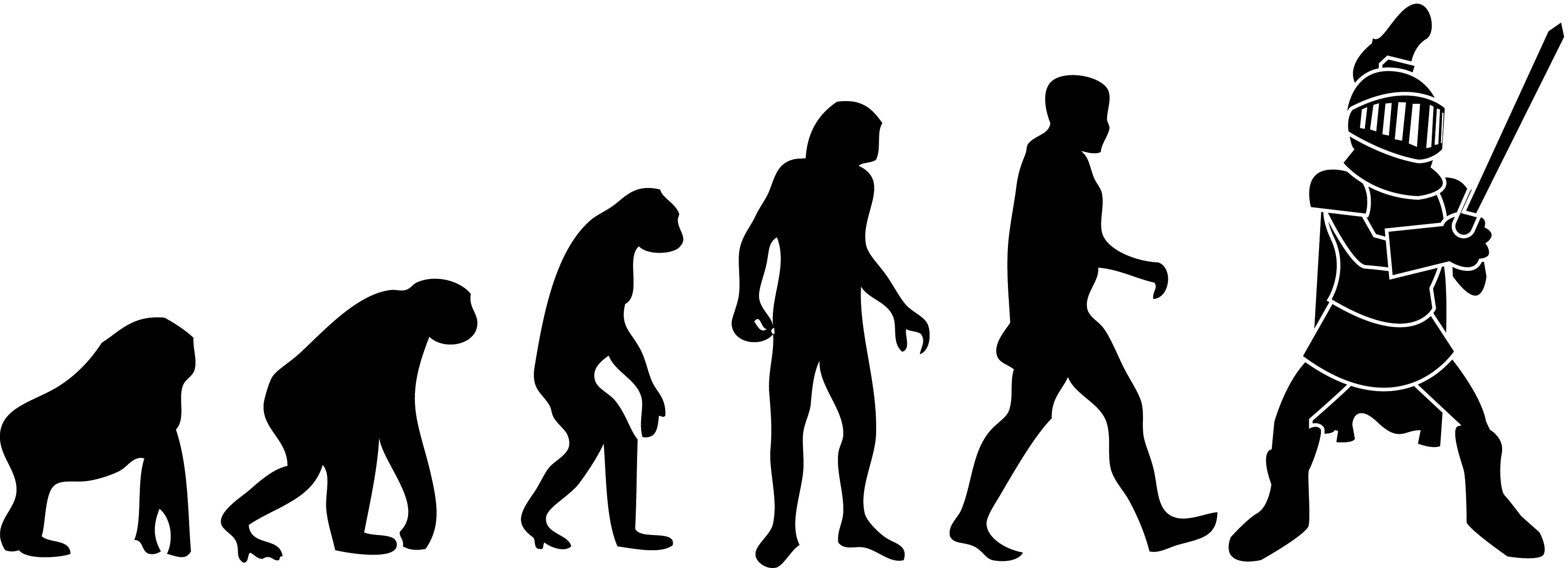PARIS FRANKLIN
Copy Editor
franklpm@plu.edu
Since Sept. 10, the internet has been abuzz with anthropologists discussing the discovery of a new species of homonid in a remote South African cave.
The research was released, along with a NOVA documentary available on the Internet for free, in September about an archaeological dig in November of 2013. More than 1,500 bones from nearly 20 individuals of a new human ancestor, Homo Naledi, were unearthed by a team of researchers led by paleoanthropologist Lee Berger over the course of 21 days.
“[It is] a cool discovery, and it is exciting to see the media spotlight on anthropology,” Dr. Amanda Taylor, an anthropology professor at Pacific Lutheran University, said. “I hope this find will inspire more PLU students to take the introductory bioanthropology class and learn more about the mind-blowing story of the human past.”
Others in the Lute family share the excitement
“Berger has had this reputation of being very theatrical about the find and making speculations. That may be controversial in the field, but I think that it is drawing people in,” senior anthropology major Katy Johnston said.
Anthropologists do not intend to dramatize the field, but are truly fascinated by the work that they are a part of.
“Finding like-minded people is probably my favorite thing of Anthropology Club,” said Johnston. “You just get this group of people and you know that everybody is really passionate about their interests. You can really get into the nitty gritty and be like, ‘what are you interested in specifically?’”
Johnston believes that the most significant part of the Naledi discovery is that it has sparked interest within students who have previously shied away from the anthropological field due to the notion that everything has already been found.
“It has opened my eyes that there are a lot more artifacts and human or evolutionary remains that we have not found yet,” said
Johnston. She believes that the discovery “opens up a lot of room for good controversy and good science back and forth through archaeology.”
Much of the controversy surrounding the find relates to its lack of dates and where Homo Naledi may fit into the evolutionary spectrum. Johnston elaborates, “If it is as old as Lee Berger thinks that it is, that this is the very base of [human] evolution, I think that would be completely earth shattering for evolution.”
“The discovery of Homo Naledi shows anthropologists, and the general public, that what we think we know about human ancestors is constantly changing and new research can dramatically challenge an accepted scientific narrative.” Dr. Taylor said. “In this case, it is fascinating that this hominin had similar hands and feet to later Homo species, but similar skull morphology to earlier Homo species. And the brain size was similar to Lucy the famous, tiny, australopithecine!”
Lucy, who is thought to be dated before Naledi and is at least three million years older than Sapiens (modern day humans), was discovered in the 1970s. The small skeleton was the basis for searching for more evidence that Homo Sapiens could in fact have originated from the apes.
“Maybe the next piece of research to fall into place will be the dating of these very old remains, or those similar to Naledi,” Dr. Taylor stated. “I think this work will inspire scientists to think more about the feedback between the development of the human brain and the development of the human body.”
“We don’t know a lot of dates or super details yet, but just the fact that there is a new species … and that they have a whole lifespan from infant to elderly in those bones, I think that is really ground breaking on the evolutionary scale to be able to have a full lifespan and kind of see that and where that will lead.”Added Johnston “The fact that it is a new species is obviously going to change what is taught and also the controversy around it what professors try to put it in or if they want to wait for more information.”
Further evidence is expected to be released about Naledi as it is finalized. While those studied in anthropology may be dead, the field itself is more alive than ever.

















